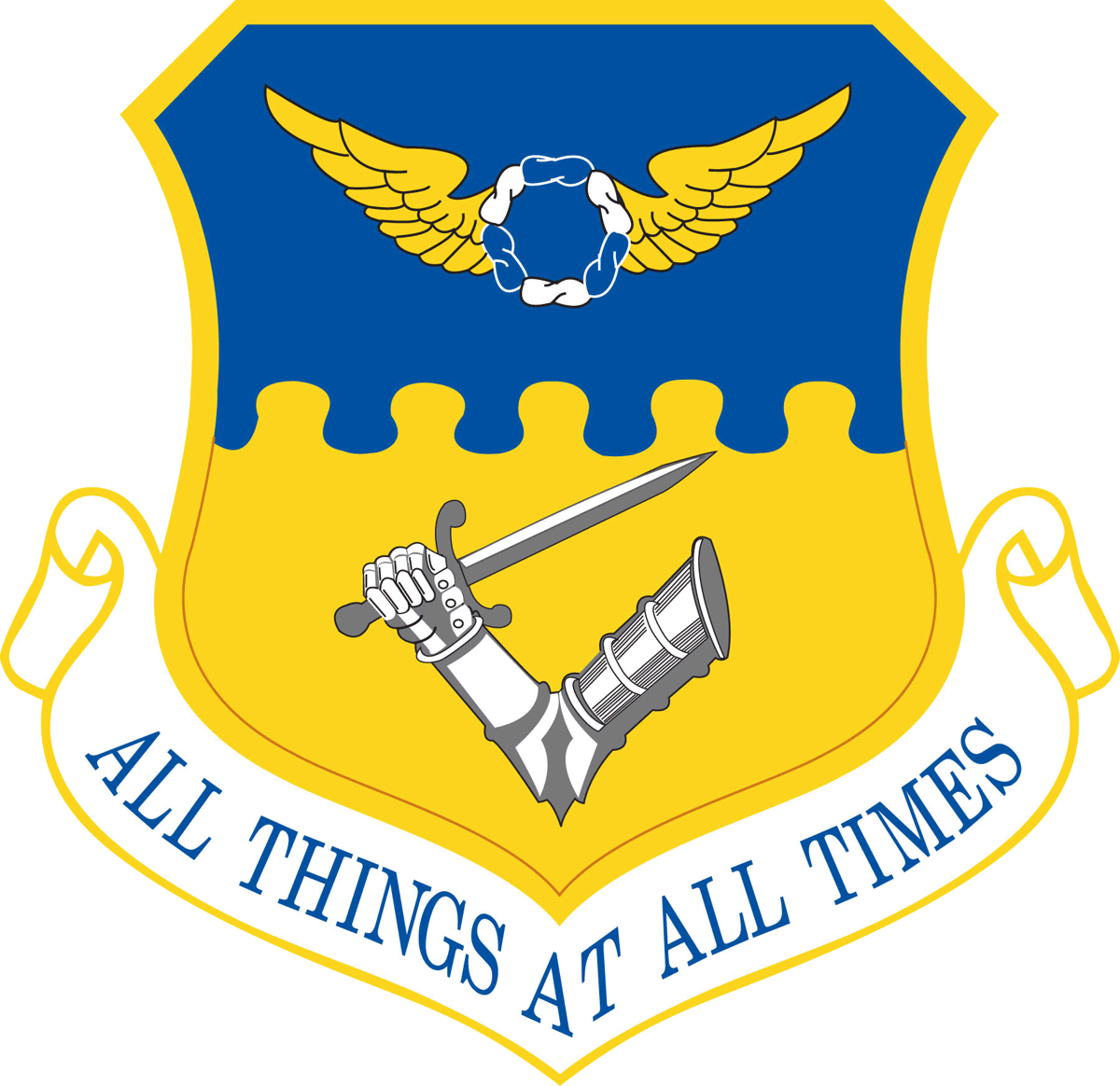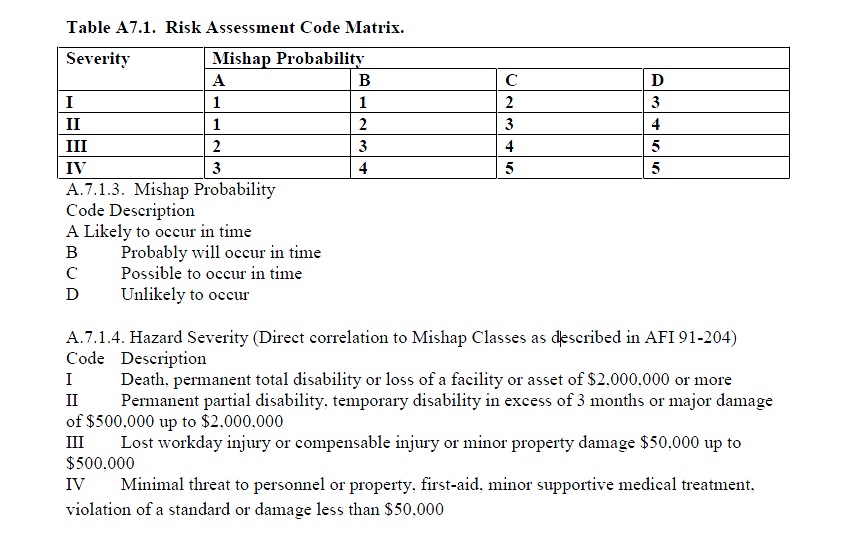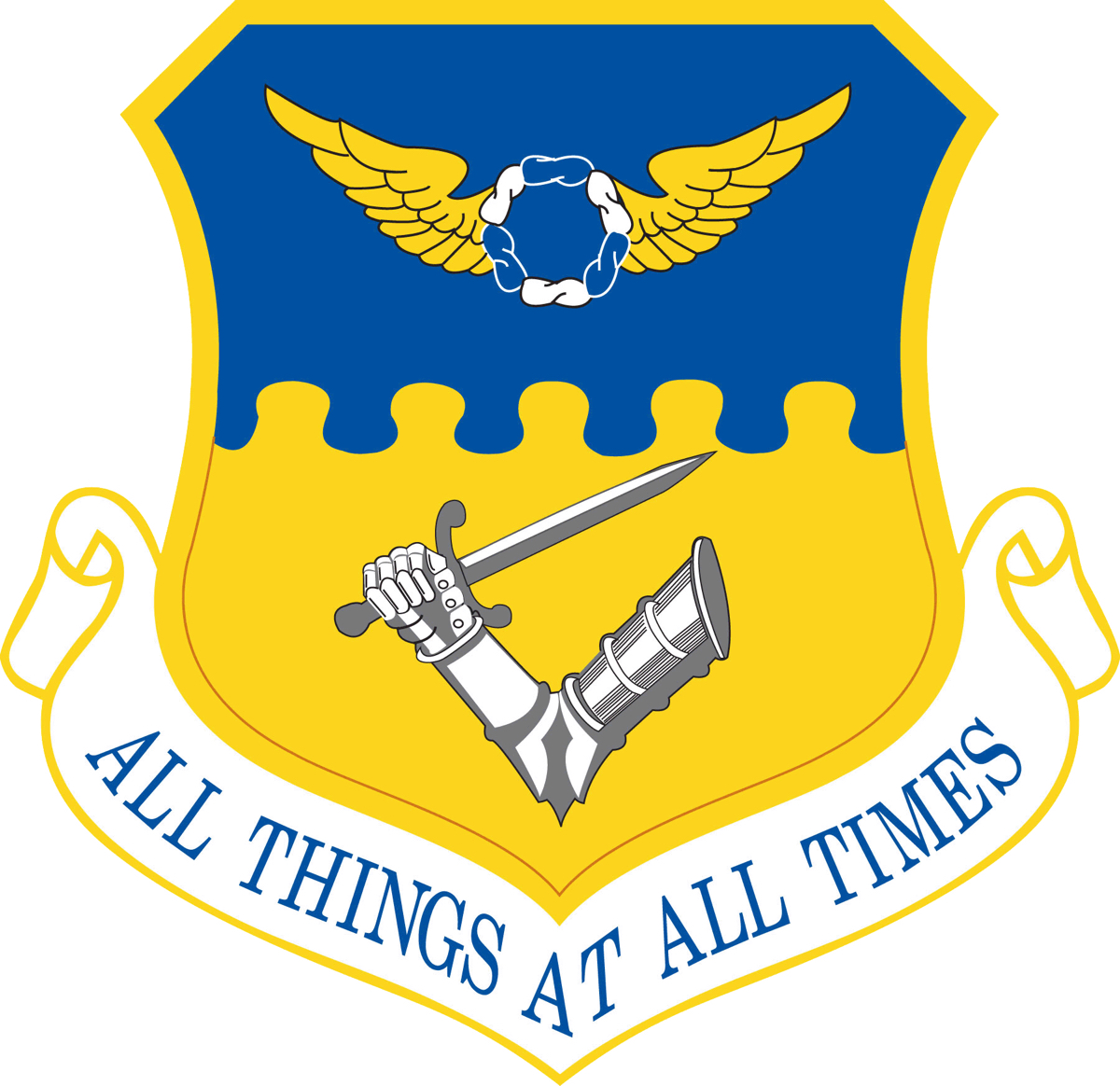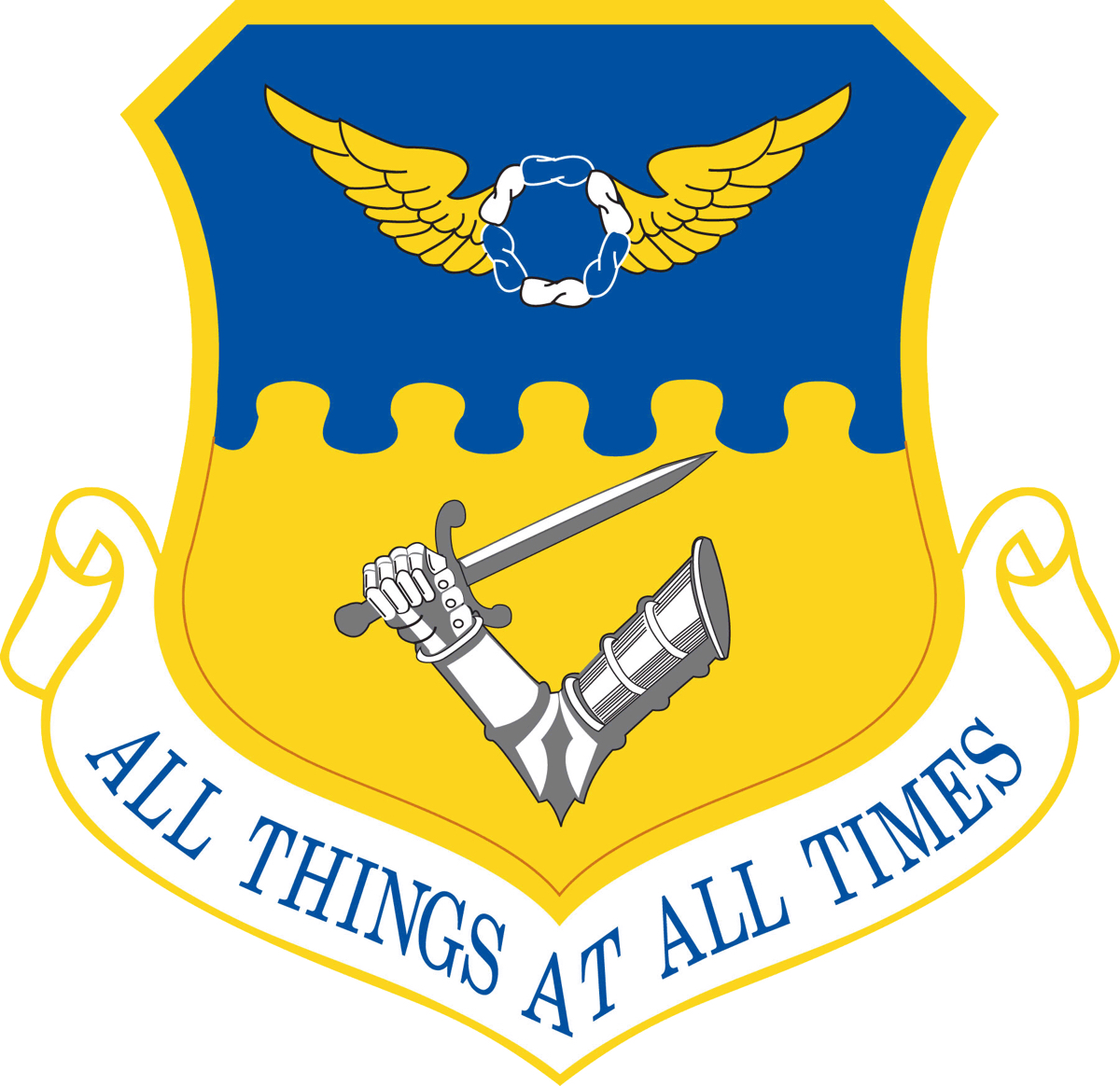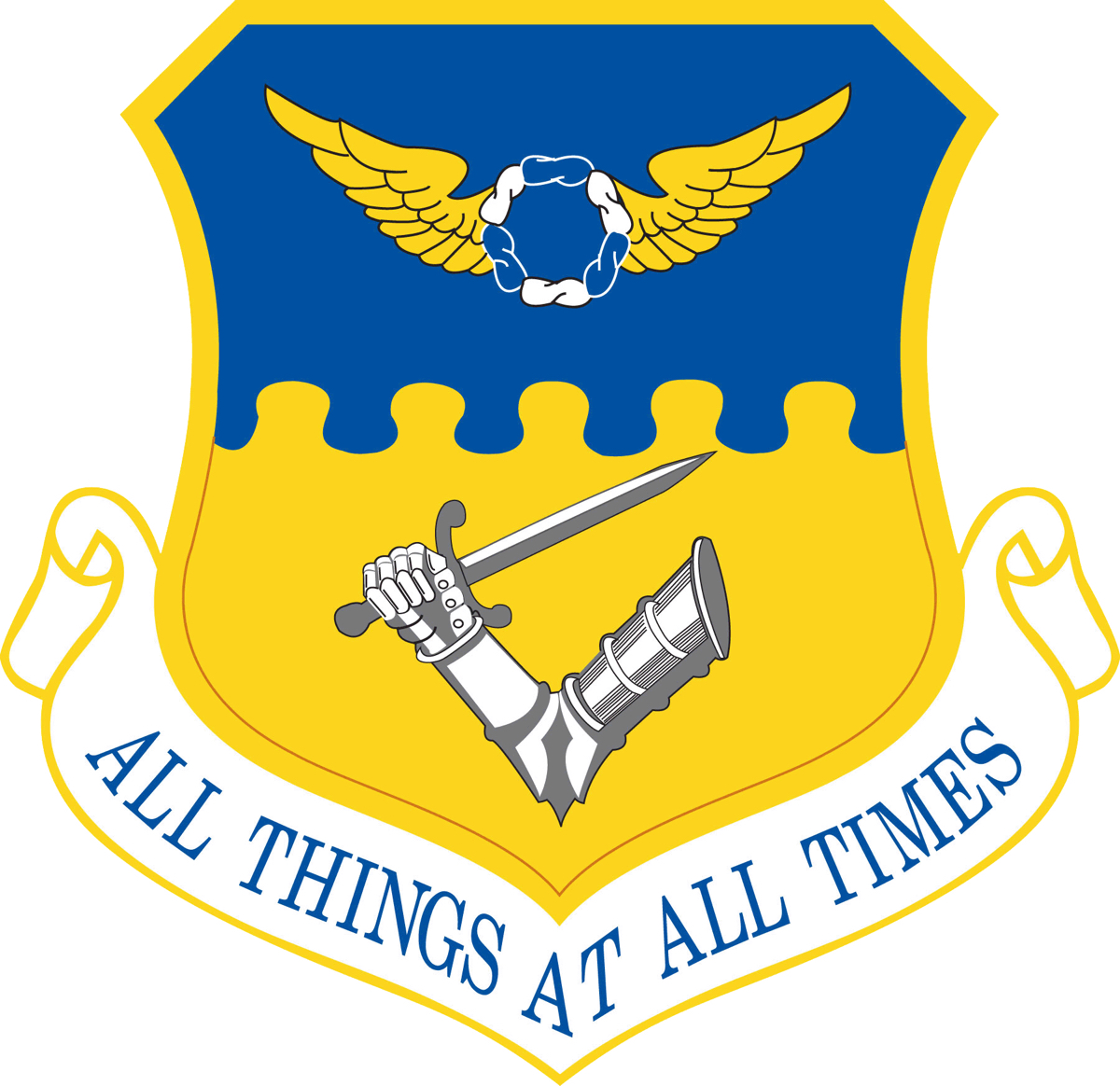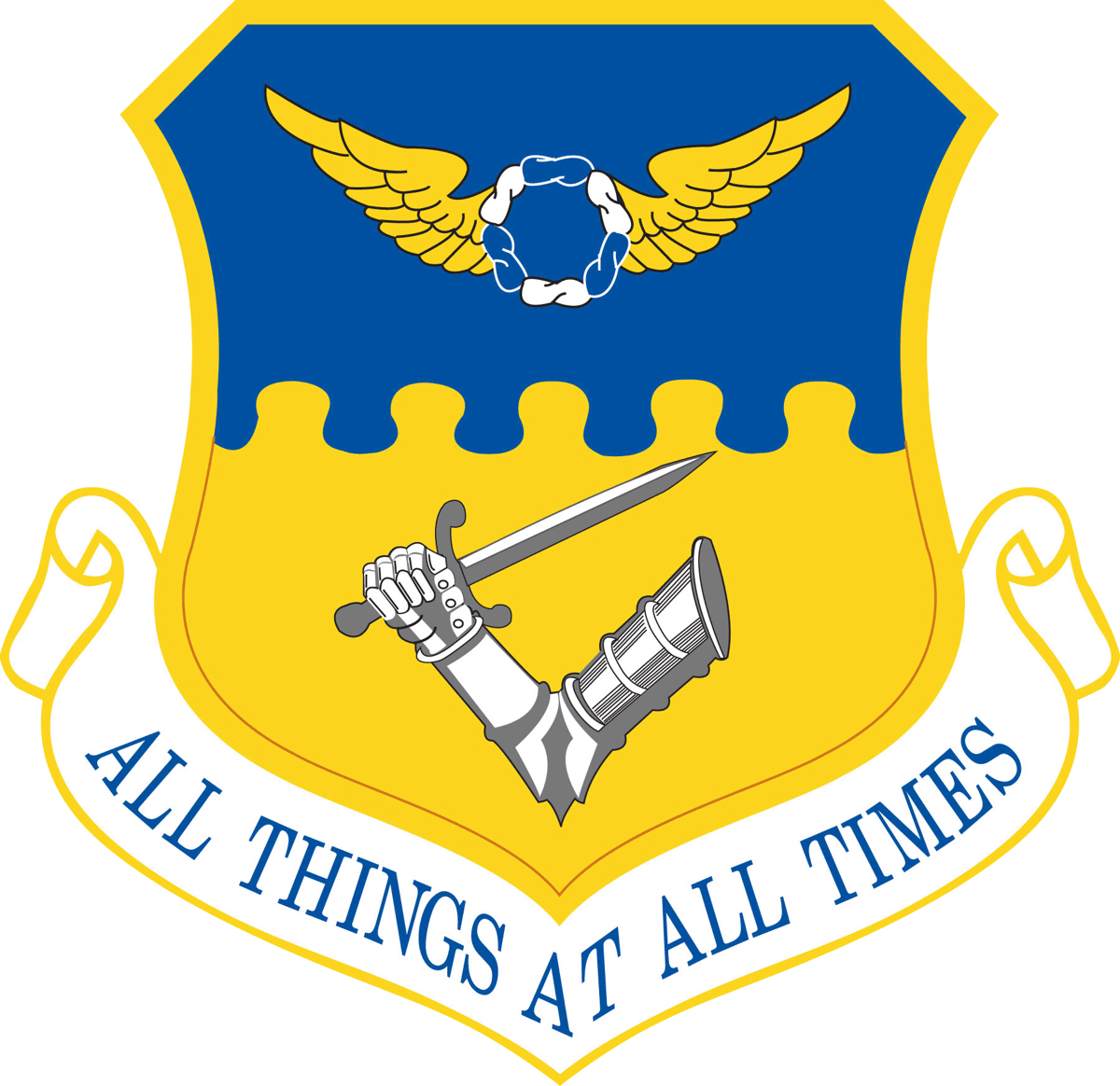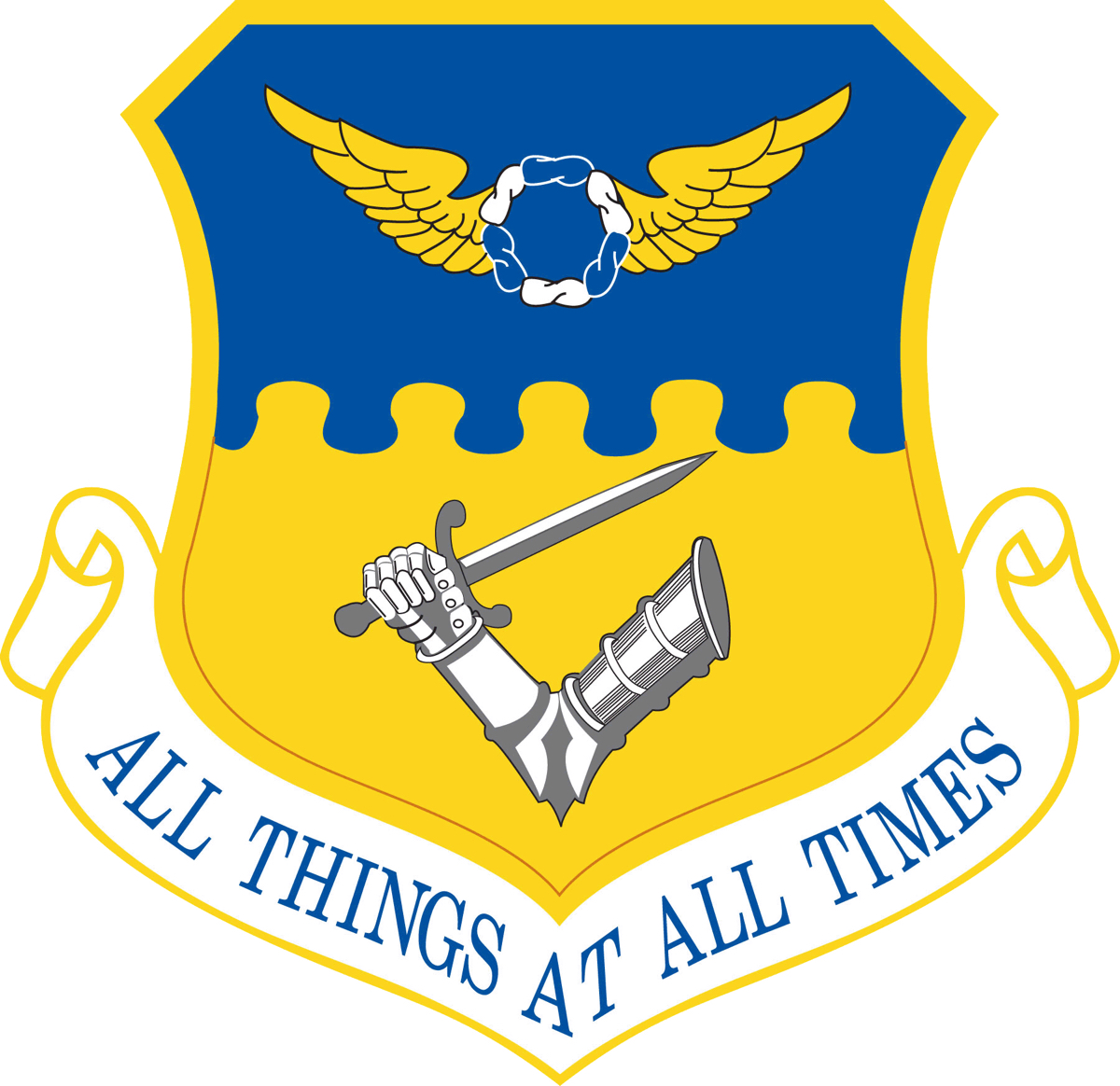Information
-
Organization Inspected:
- ARW Headquarters
- Medical Group
- Mission Support Group
- Maintenance Group
- Operations Group
- Other
- 220th EIS
- 164 WF
-
Area:
-
Unit:
-
Unit:
-
Date of Assessment:
-
Assessment Conducted by:
-
Mishap Prevention Program Conformance Grade:
- Met and Effective
- Met But Needs Minor Improvements
- Met but Needs Significant Improvements
- Not Effective
MISHAP HEC PREVENTION EFFECTIVENESS
12 Month Mishap Summary - HEC
-
Where there any reported mishaps within the last 12 months within this unit?
-
Total Mishaps:
-
Lost Workdays:
-
Days on Restricted Duty:
-
On-Duty Mishaps:
-
Off-Duty Mishaps:
-
Management and Supervisory Support
-
What was found unsatisfactory for the unit's mishap prevention program?
-
Experience and Trends:
-
Remarks:
Outstanding Performers
-
Outstanding performers identified within the unit.
-
Comments:
HAZARDOUS ENERGY CONTROL PROGRAM COMPLIANCE
HEC Program (LOTO) IAW DAFMAN 91-203, Chapter 21
-
Unit/Shop with HEC Requirements:
-
Supervisor:
-
T21.1. Unit/Shop's Common Hazardous Energy Type Categories
-
21.2.1. Supervisor established a HEC Program
-
21.2.2. Supervisor performs and documents annual hazardous energy control program self-inspection
-
21.2. Shop determined a tagout only process is required.
-
Supervisor demonstrates that the tagout program will provide a level of safety equivalent to using a lockout program.
-
21.1.3. Training plan developed for Authorized and Affected employees.
-
21.3.1. Supervisors verified training for authorized and affected employees is accomplished.
-
21.3.3. All HEC training is documented IAW AFI 91-202
-
21.4. HEC Program Self-Inspections Conducted (At least Annually)
-
21.4.1. Self-Inspection: Periodic HEC Program Inspection conducted at least annually (Supervisor)
-
21.4.1. Deviations or Inadequacies observed during Self-Inspection.
-
21.4.1. Self-Inspection Date(s) and Representative(s) Documented
-
21.4.1. Self-Inspection Certification (Includes: Machine, Date of Inspection, Employees Performing & Included in Certification)
-
21.4.1. Self-Inspection conducted by Authorized Employee.
-
21.4.1.1. Self-Inspection. Identified Equipment and Machinery applicable to the HEC Program.
-
21.4.1.2. Self-Inspection. Authorized and Affected Employee's Responsibilities
-
21.4.1.3. Self-Inspection. Verification that training has been conducted, current, and properly documented.
-
21.4.1.4. Self-Inspection. Review of HEC Procedures with authorized employees to include demonstration by the employee of the required practices.
-
21.4.1.5. Out-brief to the (above) shop or unit supervisor, documented in written report.
-
21.4.2. Qualified Occupational Safety inspector review annual Self-Inspection HEC report during the organization’s safety assessment to ensure compliance.
-
21.5. Authorized Lockout and Tagout Devices appropriately used and adequately supplied.
-
21.5.1. Locks singularly keyed with only authorized employees retaining key(s) to the lock(s) when in use.
-
21.5.2. AF Form 983, Danger – Equipment Lockout Tag, or DoD tag or commercial equivalent tags, used in conjunction with energy-isolating devices.
-
21.6. HEC Procedures
-
21.6. Each piece of equipment identified in the HEC Program has developed/documented procedures unless exempted IAW 29 CFR § 1910.147(a)(2).
-
21.7. Simple and Complex forms of HEC procedures are established and documented. (If warranted)
-
F21.1. Procedures include the Eight-Step HEC Procedure Checklist
- ARW Headquarters
- Medical Group
- Mission Support Group
- Maintenance Group
- Operations Group
- Other
- 220th EIS
- 164 WF
-
F21.2 Procedures include Three-Step Release from HEC Procedure Checklist
-
Findings
- Finding
-
Discrepancy or Observation:
-
-
Probability:
-
Severity:
-
Risk Assessment Code:
-
Reference:
-
Cause:
- Training
- Equipment
- Technical Data
- Human Error
- Misconduct
- Process Inadequate or Faulty
- Leadership/Supervision
- Other
-
Describe:
-
Recommended Action:
-
Functional Area or Shop Inspected:
-
Supervisor or POC:
-
Phone Number:
-
Date and Time:
-
Bld:
- 2006 (Main Gate)
- 2000
- 917
- 911
- 909
- 903
- 888
- 887
- 885
- 883
- 876
- 875
- 872
- 849
- 846
- 820
- 220
- Unlisted
-
Describe:
-
Room(s):
-
Follow-Up Date:
Out Brief
Formal Outbrief
-
Was the commander available for a formal out brief within 3 days?
-
CC Rank, Name, Title:
-
Out brief conducted on:
-
Signature:
-
Supervisor or POC Rank, Name, Title:
-
Out brief conducted on:
-
Signature:
-
Why was the CC not briefed?
Formal Report
-
Formal report sent to the commander on:
-
Safety office representative rank and name:
-
Signature:
Explanation of Causes and RACs
-
TR- TRAINING: Inadequate training in: guidance/policy/procedure, training oversight, initial qualification training, hands-on training , controls/metrics of training process/progress, training evaluation, training documentation, individual(s) not qualified, not experienced enough to perform task.
EQ- EQUIPMENT: Correct tools/equipment not available, unserviceable or not used, incorrect tool selection. Equipment defect or design flaw, inadequate equipment maintenance.
TD- TECHNICAL DATA: Tech data, operating instruction, or checklist incorrect, conflicting, misleading, unavailable, overly complex , outdated. (If tech data is incorrect/conflicting, misleading or too complex, individual must generate AFTO 22 and submit copy to MXS supervision)
HE- HUMAN ERROR: Used as last resort. When all equipment, technical data, training, and other factors are adequate. When another qualified technician would not have made the same error.
MC- MISCONDUCT: When all equipment, technical data, training, and other factors are adequate. The technician is fully aware of all requirements, demonstrates task competency, and the process is correct as written. Another qualified technician would not have made the same error and there is clear evidence the technician consciously disregarded technical data and/or regulations.
PI- PROCESS INADEQUATE OR FAULTY: Used when root cause analysis indicates all other root cause codes are not applicable. Established shop process for accomplishing the task is faulty and will be changed as a result of the root cause analysis.
LS- LEADERSHIP/SUPERVISION: Ineffective communication, decision making process ineffective, involvement insufficient, physical work environment issue, failure to adequately program resources.
OT- OTHER: Enter specific issues that cannot be linked to ROOT CAUSES above. -
